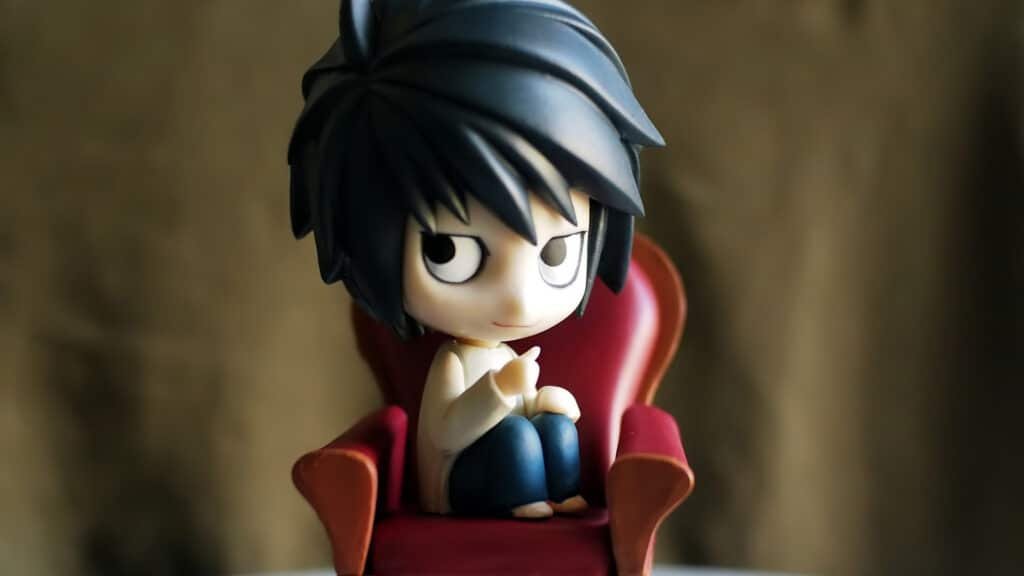
To do anime voice you will have to exaggerate your sentences, sound happier, raise your voice and embody a character.
Anime characters have very distinct voices with a lot of personal flair. Most of the anime personalities would sound way too over the board in real life. Therefore, to do anime voice you have to add a lot of character to fit within anime atmosphere.
Exaggerate emotions
Exaggerating everything you say is the key in anime voice acting. What normally would sound like overacting, in anime sounds just fine.
In fact, it is much better to sound a bit too emotional rather than slightly dull. You can also add a bit of emphasis at the end of sentences to add more drama.
Raise your voice
To sound more like an anime character try raising your voice pitch. Usually, anime characters have a higher pitch voice, that’s why often female voice actors are cast to do a voice-over for young male characters. For example, Naruto’s Japanese voice actor is female.
Smile when recording
In general, anime characters sound happy and excited. To achieve anime voice try smiling for a while before and during recording. It will help you to convey anime voice better.
Add breathiness
Add breathiness to your voice. If you listen to anime characters speaking, you will hear a lot of breathiness in their voice.
To add breathiness you need to relax and push out more air than when speaking normally. Try exercising a breathy voice before recording. You should get a grasp of it quite fast.
This is a video on how to achieve a breathy voice for singing, but tips apply for voice acting as well.
Involve body language
When voice acting it helps to use the whole body in accordance to your voice. It is much easier to impersonate a character when your body is in sync with your voice and you can express stronger emotions.
This is especially useful when you are trying to make an anime voice since characters in anime are very expressive.
Convey emotions with facial expressions and don’t’ be afraid use your hands. Just try to keep your head in one position as head movements will affect the distance from the microphone and sudden changes in the distance will ruin the consistency and audio.
Mimic a known character
If you want to impersonate a specific anime character, look him/her up and spend some time analyzing its voice.
Is it breathy, happy, gloomy, slow, fast, abrupt, elongated? Create notes about the particular voice and try to mimic it as accurately as possible.
You can read more about how to do voice impressions in this article: https://voiceovertip.com/how-to-learn-voice-impressions/
Drink lots of water
Anime impressions will put a lot of strain on your voice. Drink lots of water to hydrate vocal cords and protect them.
In addition, hydrated vocal cords will become a bit puffed due to water which will make your voice sound warmer and more pleasant.
Watch anime
Watch lots of anime to get a better grasp of how anime voice sounds. Watch both subbed and dubbed versions. You can even analyze how a dub voice actor does a voice-over compared to Japanese voice actor to see how a dub voice actor deals with mouth movements.
React to action on screen
If you have access to anime for which you are recording then don’t forget to react to what is happening on the screen. Is the character running? Then it should sound a bit out of breath. If it is getting hit it should react accordingly as well.
Conclusion
To sound like an anime character you will need to exaggerate emotions, smile when recording, add breathiness, use body language, drink lots of water, watch a lot of anime, react to the action on screen and try to mimic a particular character that you wish to impersonate.
Good luck!
